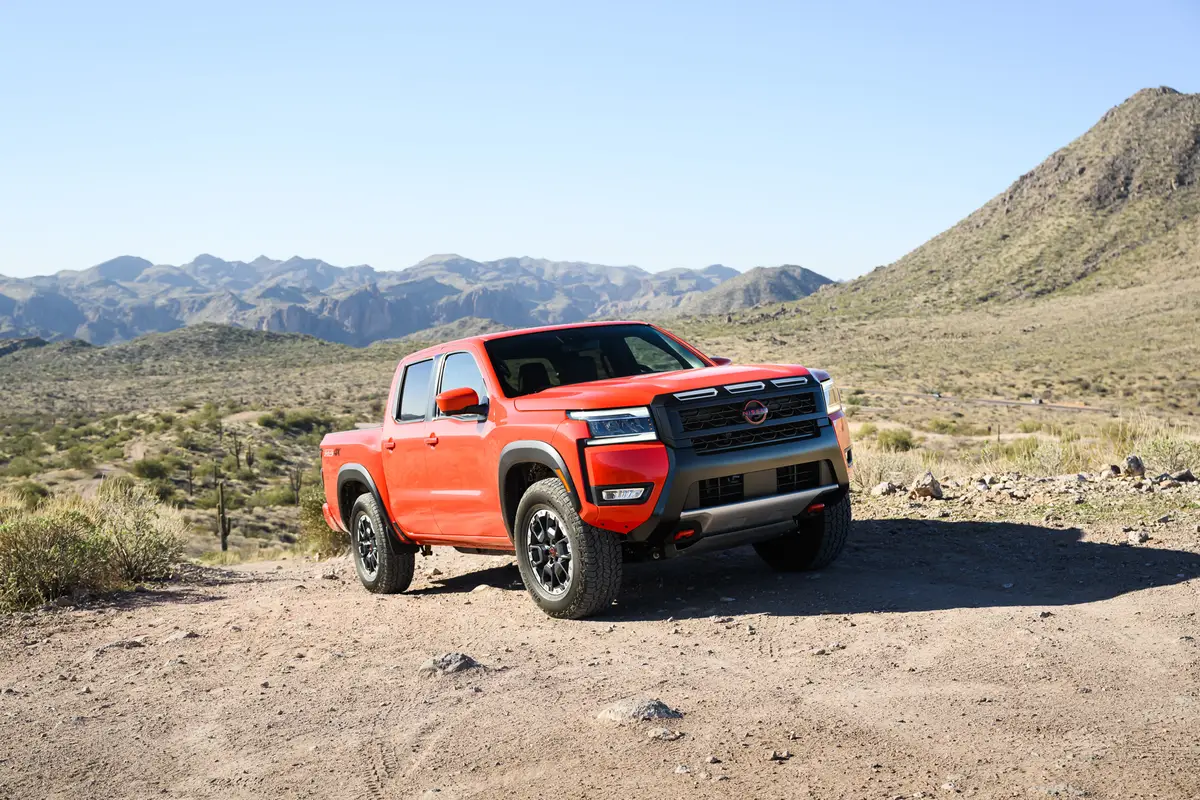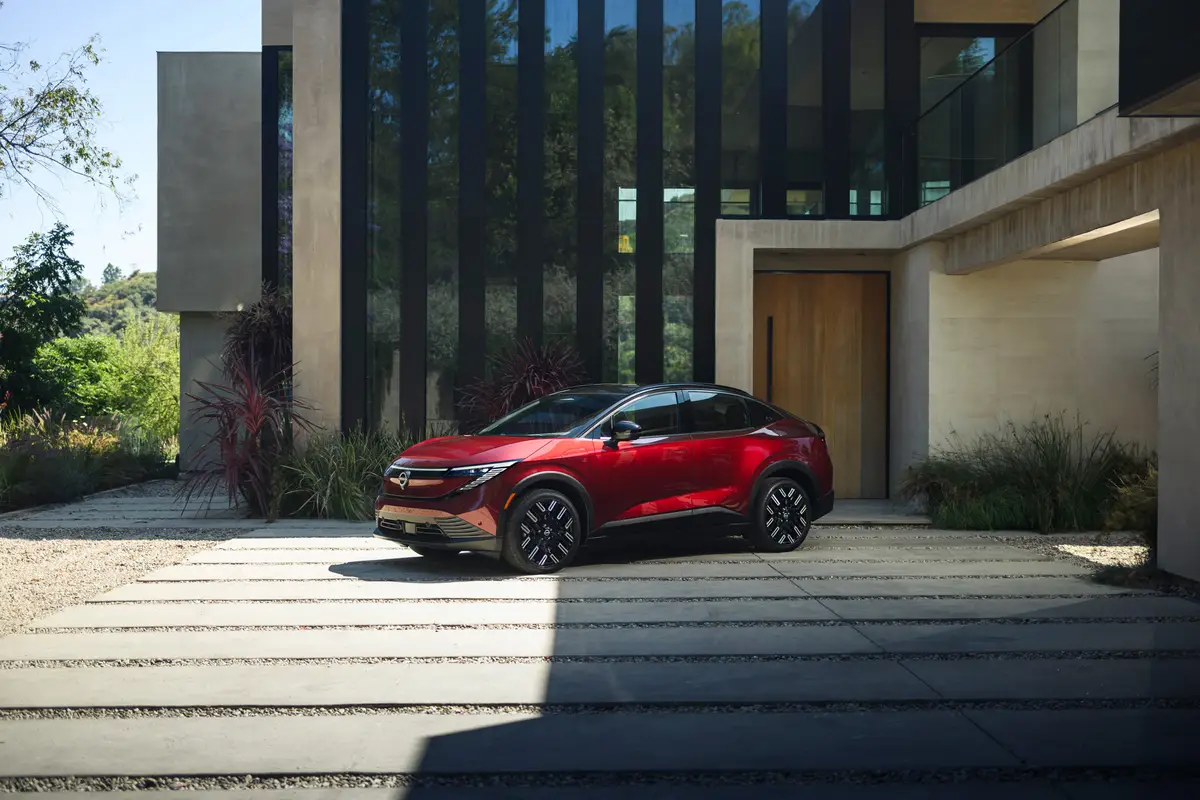AZCentral.com's view
Suzuki, the producer of brilliant motorcycles, started off as an automaker in the United States with the cute, fun and dangerously tippy Samurai. Then came the minimalistic Sidekick, which was less likely to tip over but also less cute or fun.
Suzuki would like us to forget about all that and concentrate on now. Because now, the Japanese niche marketer treats us to a small but nicely turned-out sport utility vehicle that is more than worthy of the name Grand Vitara, whatever that means.
In recent years, SUVs have been doing an amazing thing: They’ve been getting bigger and smaller at the same time.
Bigger as in Suburban, Expedition, Excursion and the new Toyota Sequoia. Smaller as in RAV4, Sportage, CR-V, Xterra and the newly arrived Ford Escape/Mazda Tribute and Hyundai Santa Fe.
Meanwhile, Suzuki has been plugging away for the past three years with the Vitara motif. The regular Vitara is a four-cylinder critter that’s well-behaved though sorely lacking in power for cross-country driving.
The Grand Vitara, with its small, 155-horsepower V-6, is a whole different animal. Moderately priced yet capable of doing pretty much anything the big dogs can, the Grand Vitara is a solid entry in the rapidly growing compact SUV market.
Suzuki shares its Vitara twin with Chevrolet, which calls its version by the decidedly less-exotic name Tracker. For 1999 and 2000, Tracker has soldiered along with the 138-horsepower four. For 2001, Tracker finally gets the Grand treatment with its own V-6, though the name stays simply Tracker.
For off-roading, both the Vitara and the Tracker benefit from having a trucklike four-wheel-drive system with a sturdy transfer case and low-range gearing for really difficult terrain. This is good and makes the little SUVs able to tackle treacherous Jeep trails, though ground clearance could be improved.
On the road, however, there is harshness and jounciness caused by the combination of short wheelbase, stiff suspension and the heavy four-wheel drive with solid rear axle. The simpler — though not as capable — all-wheel drive, basically front-wheel-drive with a shaft to the rear as used in Toyota RAV4 and Honda CR-V, produces better ride and handling, and quieter road manners.
It’s all a tradeoff, and the Vitara/Tracker goes for the hardy off-highway side of the equation. But if trails aren’t a concern, the SUV is also available with rear-wheel drive only.
Actually, that is what I would recommend for the vast majority of SUV owners, those who never get any closer to off-highway trips than a gravel driveway.
As it is, the Grand Vitara has a decent ride. The interior, though not great big, is fairly roomy up front, even for an overly tall driver. The rear seats are tight on legroom.
A new long-wheelbase Grand Vitara is coming up for 2002, which provides considerably more interior space and, most likely, a smoother ride. It also has a third row of seats, though only suitable for the very sm all.
New for 2001 is the full-on luxury treatment of the standard-length Grand Vitara. The test SUV was gussied up as a JLX LTD model, including as standard equipment leather seating, full power features, sunroof, decent stereo, fog lamps, “Limited” trim, antilock braking and remote locking.
The only option was $75 for floor mats, a curious practice that lingers in all areas of the new-vehicle market. Plus, $480 destination and handling, another weird holdover.
The Grand Vitara faces some new competition in the Escape/Tribute and Santa Fe as the compact SUV market becomes saturated with models. What the Suzuki has going for it is a reasonable price for a high level of trim, the V-6 engine and the go-anywhere capabilities of real four-wheel drive.
Latest news



